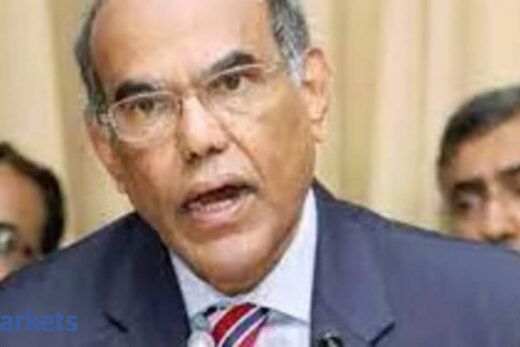Wisely so. The present climate of uncertainty is not the time to make drastic changes in the framework. But that does not mean there is no case for a relook once the crisis is over. Countries all over the world — including New Zealand, pioneer in inflation targeting (IT) — are taking a relook at the merits of IT.
In India, too, in the run-up to the review of our IT regime, opinion has been hugely divided, indeed polarised. Disagreement among practitioners of the dismal science is not new. George Bernard Shaw famously said, ‘If all the economists were laid end to end, they would not reach a conclusion.’ But not reaching a conclusion is not the same as having diametrically opposing views. So why is opinion so divided?
Take RBI’s latest
Report on Currency and Finance 2020-21. The authors, all RBI staffers, led by a deputy governor, have no doubt about the success of the IT regime. ‘The current numerical framework for defining price stability, i.e. an inflation target of 4% with a +/- 2% tolerance band, is appropriate for the next five years,’ it claims. This is not surprising. Anything else would have been an admission of failure.
Never mind that for much of 2020-21, inflation was above the upper end of the band, despite depressed demand due to Covid-19. Never mind, also, the Freudian slip (Box 1.2 of the report) that admits, ‘By 2019-20, the final year of the first MPC (monetary policy committee), a combination of good luck and good policy had kept inflation aligned with the target with rare occasions of deviations beyond the band.’
If it were only a question of how much of IT’s success was due to good luck (read: low oil prices) and how much to good policy, we could still hope to reach a conclusion, never mind George Bernard Shaw.
But the polarisation goes much deeper. In the eyes of Sriram Balasubramanian, Surjit S Bhalla — India’s representative to the International Monetary Fund (IMF) — Karan Bhasin, and Prakash Loungani, far from being a success, IT cost us dear. In their March 2021 paper, ‘Inflation Targeting: Much Ado About Nothing? Examining the Evidence’, single-minded pursuit of IT and resultant high real repo rates was the primary cause of the decline in GDP growth from 8% to 5%.
Distractions From the Stable
Doubtless, received wisdom says hiking interest rates is the best way to curb inflation. The US did it under former Fed chairman Paul Volcker in the 1970s, causing MIT economist Rudi Dornbusch to famously remark, ‘None of the expansions in the second half of the 20th century died in bed of old age. Everyone was murdered by the Federal Reserve.’
Did RBI do likewise during Urjit Patel’s term, when interest rates were kept high, despite growing signs of weakening growth? Remember, the slowdown pre-dates the pandemic.
So, there we have it. Two ends of the spectrum. The worry is that in our understandable desire to avoid rocking the boat today, we fail to ask a far more pertinent question. Did the 2016 amendments to the RBI Act, mandating price stability as ‘the primary objective of the monetary policy, while keeping in mind the objective of growth,’ make the central bank less mindful of other concerns, especially growth during 2016-2018?
Singularly Collective
Despite the band (a.k.a. flexible IT), did RBI — rather the governor — interpret its mandate ‘inflexibly’, according primacy to price stability, regardless of the damage to growth? Remember, voting power in the six-member MPC (three from RBI) is skewed in favour of RBI, especially the governor who also enjoys a casting vote in case of a tie.
Ironically, the MPC, whose advice is binding on RBI, was premised on the belief that the collective wisdom of a group of experts is better than the wisdom of the governor alone. In practice, however, the imprimatur of the governor’s vote, combined with his casting vote in case of a tie, means the RBI governor still drives decisions in the MPC. Note there is not a single instance where the majority vote in the MPC differed from the governor’s.
Therein lies the danger. If under Patel, the MPC was excessively focussed on keeping inflation down, regardless of what it meant for growth, today are we in danger of erring on the other side? Of keeping policy too accommodative and interest rates too low (with RBI often using techniques reminiscent of the Wild West to get its way)? Despite signs of rising inflationary pressure?
In the longer term therefore, we must revisit the voting power of MPC members. Perhaps increase the number of external members to four, or give the casting vote to an external member to offset the ‘majesty’ of the governor’s vote. But that’s for the future. For now, as the MPC meets this morning for its first three-day meet in the new fiscal, Shaktikanta Das must take care to tread gently, mindful of the clout he wields and conscious of the perils of groupthink, even among experts.



